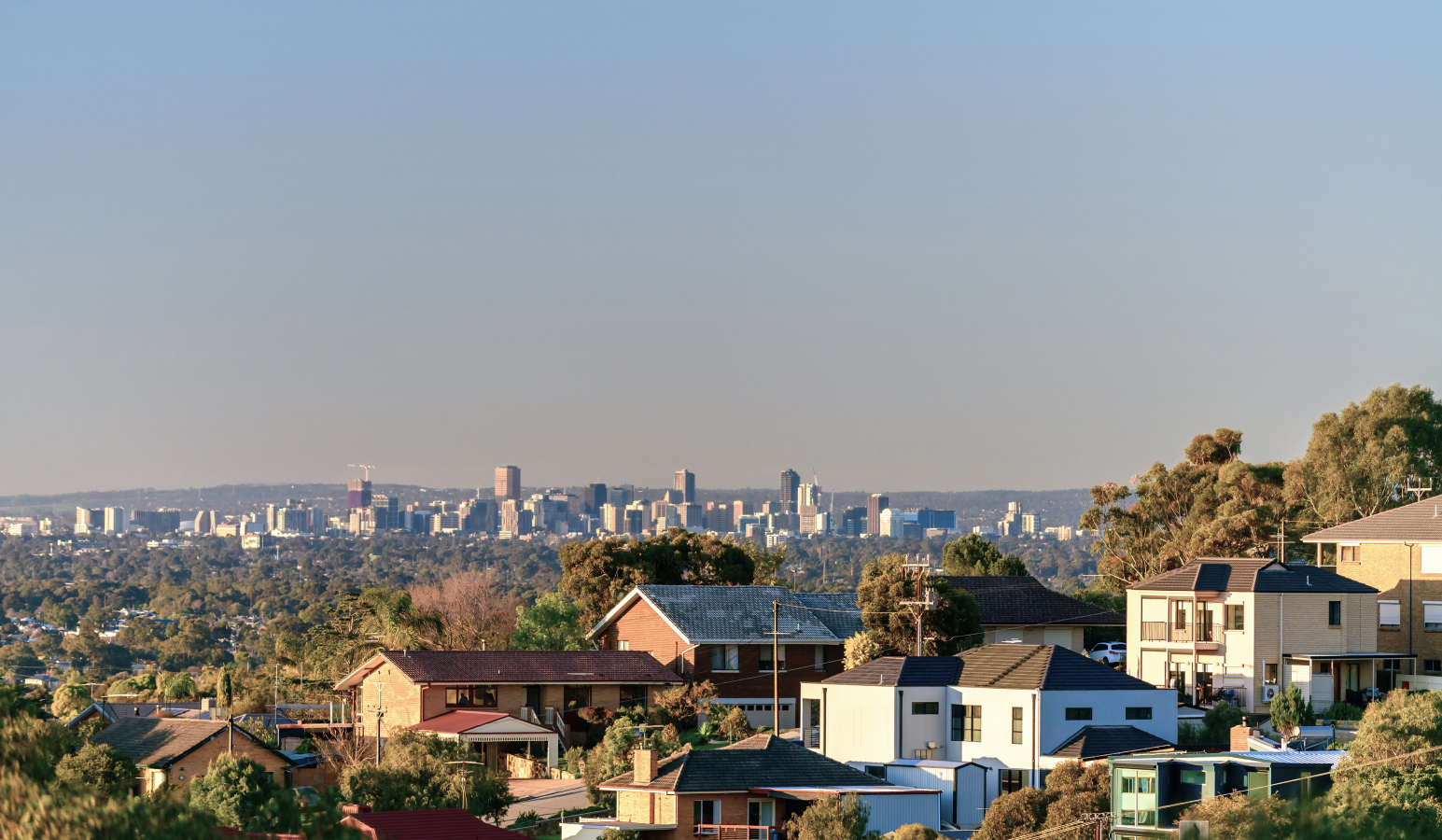
Factors to consider when choosing an investment property location
10 September 2024
Australian investment properties with strong potential for long-term growth often share common characteristics. While not every investment property will possess all of these traits, and some may not always apply, our top tips offer valuable insight into what makes a good investment.
Choosing the right location is one of the most critical decisions when investing in Australian real estate. The location of your property can significantly impact its value, rental yield, and long-term growth potential. Whether you’re a seasoned investor or just starting out, carefully considering the factors that influence property location is essential for a successful investment. Here are the top seven factors to consider when choosing an investment property location in Australia.
1. Population Growth and Demographics
Population growth is a key indicator of a strong investment location. Areas with increasing populations often experience higher demand for housing, which can drive property values and rental yields up over time. Additionally, understanding the demographics of an area—such as the age, income levels, and employment sectors of the population—can help you choose a location that aligns with your investment goals. For instance, areas with young families may prioritise proximity to schools and parks, while urban professionals may seek out properties near transport hubs and business districts.
In Australia, regions like Southeast Queensland and certain parts of Melbourne and Sydney continue to see significant population growth, making them attractive areas for property investors.
2. Employment Opportunities
The availability of jobs is a crucial factor when selecting a location for investment. Areas with strong employment opportunities tend to attract more residents, creating a high demand for rental properties. Look for locations near key industries, business centres, and growing employment hubs. Cities and regions with diversified economies tend to be more stable and less susceptible to economic downturns.
Growing cities like Brisbane and Melbourne continue to see high rates of employment opportunities in various sectors, including technology, healthcare, and education, making them prime targets for property investment.
3. Infrastructure Development
Infrastructure projects, such as new roads, public transport networks, airports, or shopping centres, can greatly impact property values and rental demand. Locations that are set to benefit from infrastructure upgrades are often more appealing to tenants and buyers. When choosing an investment property, consider areas with planned infrastructure improvements, as these can drive future growth.
In Australia, regions undergoing significant infrastructure developments, such as Western Sydney with its new airport and transport links, can offer long-term growth potential for investors.
4. Proximity to Schools and Amenities
For many renters and homebuyers, being close to essential amenities like schools, shopping centres, parks, and healthcare services is a top priority. Properties located near high-quality schools, in particular, tend to attract families willing to pay higher rents. Additionally, areas with easy access to recreational spaces, restaurants, and public transport tend to be more desirable and maintain better long-term growth prospects.
When investing, take note of both the current amenities and any future developments planned in the area, as they can positively influence demand and property values.
5. Rental Yield and Vacancy Rates
Understanding rental yield and vacancy rates in a location is essential for assessing the potential profitability of your investment. Rental yield indicates how much income your property can generate, while vacancy rates show how competitive the rental market is in the area. Low vacancy rates typically signal strong demand for rental properties, which can result in steady cash flow and reduced periods of vacancy.
Certain regions like inner-city suburbs may offer lower vacancy rates and higher rental yields, making them more attractive to investors seeking reliable income streams.
6. Property Supply and Demand
The supply and demand dynamics in a location play a major role in determining property prices and rental returns. In areas where housing demand outstrips supply, property values tend to rise, and rental yields remain strong. Conversely, locations with an oversupply of properties may experience stagnant growth or even falling prices.
Researching current development plans, housing availability, and population growth projections can help you gauge whether an area is likely to see an increase in property values over time.
7. Local Market Trends
Finally, understanding local market trends is essential for making a sound investment decision. Pay attention to historical price growth, rental trends, and future projections for the area. Some regions may offer quick capital gains, while others might provide steadier long-term growth. Tailor your investment strategy to the market conditions that best match your financial objectives.
In Australia, market trends can vary widely between states, cities, and even suburbs, so it’s important to stay informed and do thorough research before committing to an investment.
Conclusion
Choosing the right location for your investment property in Australia involves careful consideration of various factors, from population growth and employment opportunities to rental yields and local market trends. By evaluating these seven key factors, you can make informed decisions that align with your investment goals and maximise your property’s potential for long-term success.
360 Residential specialises in helping investors navigate the complexities of the Australian property market. Our team provides expert guidance on choosing the best locations for your investment, ensuring you achieve maximum returns while building a strong and diverse property portfolio.
